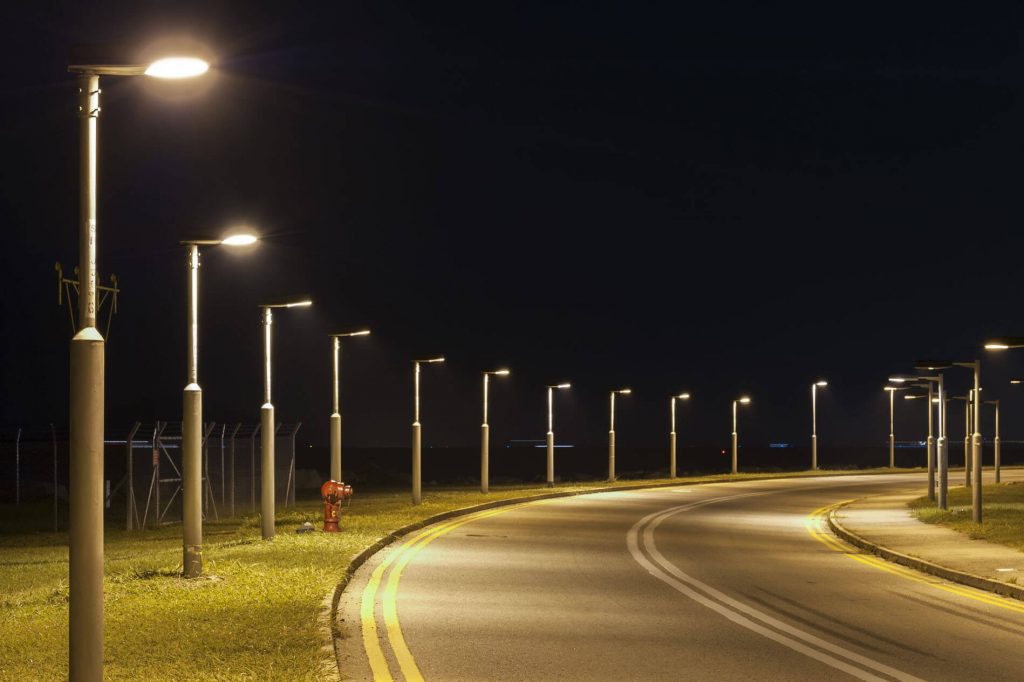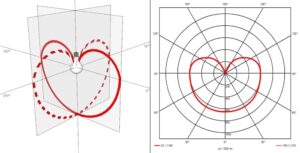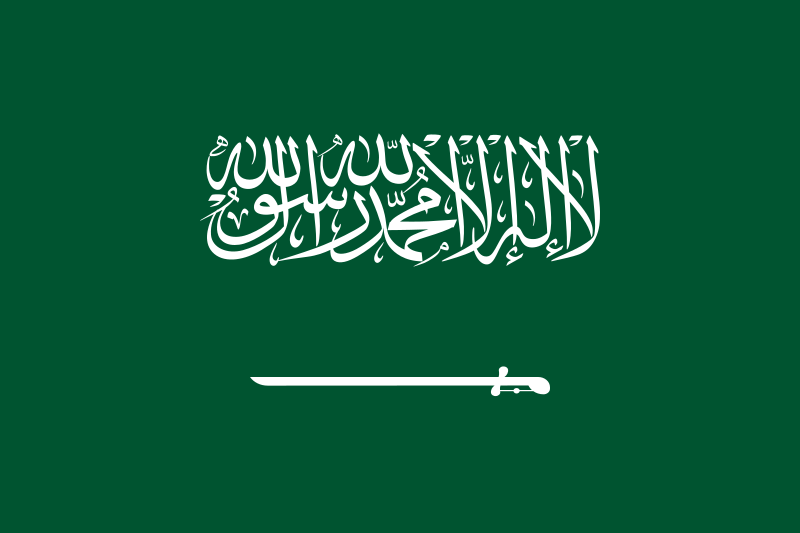Perhaps you have wondered, “What is a street light?” when you see the high-beam lights on the streets and highways.
The answer is: Street lights are one of the most important components of urban lighting, used to increase security and visibility at night. These lights illuminate sidewalks, streets, parks, and other public spaces and help reduce crime and accidents. By using modern technologies such as LED lamps, street lights can produce more light with less energy consumption and also help beautify the city. These lighting systems play an important role in improving the quality of urban life and creating a safer environment for pedestrians and drivers.
Street lights
Street lights are an essential part of urban infrastructure designed to increase safety, security and improve the quality of life at night. These lights are usually installed along roads, walkways, parks and public spaces and provide the light needed for better visibility in the dark.
One of the important features of street lights is the use of advanced technologies such as LED lamps, which consume less energy and offer a longer useful life. These lights can also spread light evenly and with minimal glare, which helps reduce accidents and crimes.
In addition, street lights can also improve the aesthetic aspects of the city. With modern designs that harmonize with the urban environment, these lights help decorate public spaces and create a more pleasant environment.

Components of Street Lights
To answer the question “What is a street light?” it is essential to become familiar with its components. A street light consists of several parts, each playing a unique role in its performance and efficiency. These components collectively enhance the functionality, safety, and lifespan of street lights. They include:
- Lamp: The main light source, which can be of various types, such as LED, fluorescent, or sodium lamps.
- Body: The structure that houses the lamp and other components, usually made of weather-resistant metal or aluminum.
- Lens: A transparent cover that disperses and directs the light, often made of polycarbonate or UV- and impact-resistant glass.
- Pole: A column or post that holds the street light at an appropriate height, constructed from durable materials like metal.
- Controller: Electronic systems that regulate light intensity, schedule on/off timings, and manage other features.
- Driver: A device that supplies the appropriate voltage and current to the lamp.
- Cooling System: Special designs to dissipate heat and prevent the lamp from overheating, extending its useful life.
- Bracket: Parts used to install and secure the light fixture on the pole.

Specifications of Street Lights
- Type of Lamp:
- LED Lamps: Widely used due to their low energy consumption, long lifespan, and efficient light output.
- Fluorescent Lamps: These lamps consume more energy but are still used in certain applications.
- Sodium Lamps: Known for their high efficiency and long lifespan, suitable for street lighting.
- Power Consumption:
- Street lights can range from 20 to 400 watts depending on their purpose and requirements.
- Light Intensity:
- Light intensity typically ranges from 2000 to 20000 lumens for street lights.
- Light Color Temperature:
- The color temperature of street light lamps varies from 3000 K (warm light) to 6000 K (cool light).
- Light Distribution Angle:
- The light distribution angle usually ranges from 60 to 150 degrees, depending on the lens and design of the light.
- Light Distribution Curve:
- The light distribution curve is represented as a polar diagram, illustrating how light is distributed at various angles.
- Operating Voltage:
- Street lights typically operate within a voltage range of 100 to 240 volts.
Structural Features of Street Lights
- Body Material: The body of street lights is made of aluminum or weather-resistant metal.
- Lens Cover: The lens is crafted from polycarbonate that is resistant to impact and UV rays.
- Water and Dust Resistance: Street lights have an IP65 or higher protection rating, making them resistant to various weather conditions.
- Cooling System: These lights feature specialized designs to dissipate heat and extend the lamp’s lifespan.
- Appearance Design: Street lights are produced with diverse designs that harmonize with urban environments.

Light distribution curve
The light distribution curve of a street light indicates how the light from the light is distributed to the surrounding environment. This curve is usually displayed in the form of a polar diagram and provides information about the intensity of light at different angles.
This diagram helps designers and engineers to optimize the type and location of the installation of lights, so that they have the greatest light coverage with the least energy consumption and the least glare. The light distribution curve usually varies depending on the type of lens, lamp and structure of the light. Using this information, the illumination of the environment can be distributed evenly and optimally.

Final Words
Finally, we realized that “What is a street light?” is a complex and multidimensional concept that plays a fundamental role in improving safety, security, aesthetics, and energy efficiency in cities, and Shamim Andisheh Company is one of the pioneers in the field of lighting and manufacturing urban lighting equipment in Tehran. The company was established in 1379 with the aim of consulting and implementing professional lighting projects. With years of experience and professional experts, Shamim Andisheh Company has the ability to design and manufacture various types of street light bases on a customized basis.
An example of a product manufactured by Shamim Andisheh Company is the SHA-05 street light base.
Contact Methods for Shamim Andisheh:
- Phone: You can call using the following number:
- Head Office: 12-44071011 (021)
- Email: You can send your email to the following address:
- shamim@shamimco.com
- Website: Through the official website of Shamim Andisheh, you can send your message.
- Website Address: www.shamimco.com
- Social Media: Shamim Andisheh is active on social media platforms such as Instagram and LinkedIn. You can connect with them through these platforms:
- Phone for Social Media Contacts: 09394121002

 English
English العربية
العربية

















